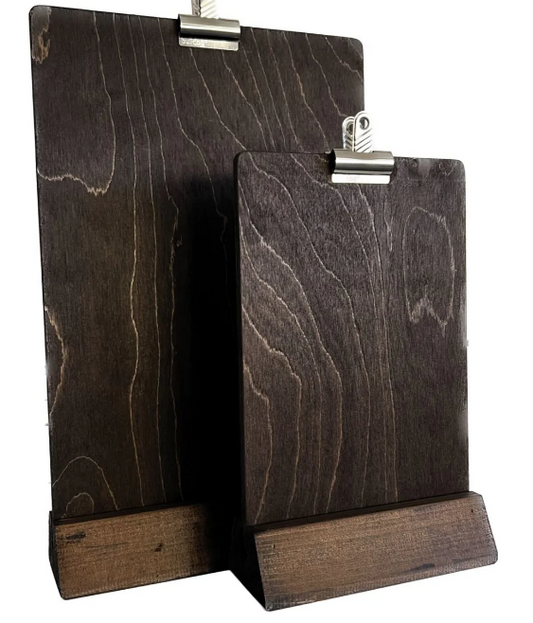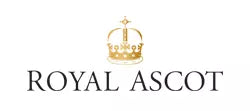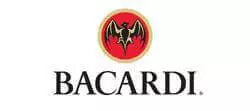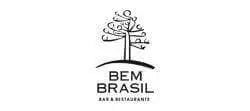Starting a new restaurant needs you to create a sort of roadmap. There has to be a foundation wherein you would base your business. These can be in the form of a restaurant business plan. From this particular tool, you can be able to determine the particulars of the loans that you will get from financial institutions and at the same time help in forecasting your sales.
What Constitutes A Restaurant Business Plan?
There are 8 sections of this tool, and below is a breakdown and the details pertaining to each of them:
1. Executive Summary
This is an overview of what makes up your restaurant business plan, and it comprises about 1 to 4 pages. This section of your document has to be strong and solid, because this is the part that potential investors will take a look at. It will boost your chances of getting the funding that you need. The most important and vital information about your new restaurant is indicated in this section, and these include:
- The concept of your restaurant
- The mission statement of your establishment
- A realistic timeline about when you will open your restaurant
- Where the targeted location and the details about the building space of your business
- A brief analysis of your market
- The unique aspects of your restaurant
These are just to mention some, but be meticulous in drafting the executive summary because it puts your foot in the door in procuring your startup capital.
2. Company Description
This is otherwise called the company overview, and this is the section that provides additional information about the executive summary. It explains in detail each aspect of your business plan. For instance, in the company description, you can include the particulars of your financial projection, and whatever marketing strategies you have devised. Primarily, the executive summary is the part that incites the interest of your readers while the company description gives more in-depth information so that they can have a complete overview of your business. In further specific terms, it indicates why and how you’re opening your restaurant.
3. Restaurant Concept and Menu
This is where you tackle the finer details of the concept and menu ideas of your establishment. This section can be divided into three parts, namely: the menu, the service, and the decor.
- Menu Ideas and Design
A sample of your menu design can be included here. If you do not have a complete mockup of your restaurant menu at this point you can list some items or recipes that you plan to use. You can get some ideas about menu ideas and design from Worldwide Menus.
- Restaurant Service
You’ll discuss here the details of your service, such as whether your establishment will be fine dining or fast casual, or have a full time wait staff or merely a service counter, among others.
- Design and Decor
Are there logos or branded materials you have already designed for your resto? Where can you show them? Likewise, this is where you expound about your aesthetic preferences for the furniture, the color scheme, and the tableware.
4. Management and Ownership Structure
In your new business, what will the ownership structure be? What type of business ownership are you going to create, and how are you going to set up your management team?
Below are the most popular types (see the different types of restaurants) of ownership structures in the restaurant industry:
- Sole proprietorship
This is when one person owns the whole business and it is the easiest ownership structure to establish. Filing taxes is simple for this set-up, and there are many benefits, although it does not offer protections to the owner if the business fails.
- Partnerships
Two or more owners run the business where these partners usually have their own expertise to contribute to the table. However, protection is limited for this set-up should the enterprise fail.
- Limited Liability Corporations (LLC)
This structure is quite complicated and tricky to set up, although it offers the most personal protection. LLCs fundamentally function as an entire business entity on their own.
5. Staffing and Employment
In this section, you list down your staffing needs, such as the number of servers, kitchen staff and other employees like chefs and managers that you require. You can present any wait staff training or employee handbooks that you have prepared. Indicate as well any affiliate auxiliary employees you’ll be working with, such as lawyers, accountants, contractors, and advertising agencies.
6. Market Analysis
You need to implement a substantial amount of research for this section that comprises the demographic analysis and the competitive analysis. How does your business find its place in the existing market? This will be tackled in this aspect of your restaurant business plan.
The demographic analysis explains about the age and income level of your target demographic, among others so that you will be able to understand the potential customers of your business.
The competitive analysis expounds on the competition of your restaurant in its chosen location. You can then get into the details of your plan to get ahead in the competition and establish your base of loyal customers.
7. Marketing and Advertising Strategies
This section entails outlining your strategy so that your business will attract potential customers and keeping up with the competition. You have to get the name of your resto out there, and you can do this through various advertising and marketing methods such as social media campaigns, hosting an opening day event, and offering coupons and loyalty programs to potential customers.
8. Financial Data
You need extensive research for this section wherein you will have to organize the necessary information based on who you are presenting your business plan to. If, for example, it is a bank where you aim to acquire a loan from, you will need to provide details about when your business becomes profitable, along with a break-even analysis to indicate your financial capacity.
Other than being your own personal reference for running your business, you also have to consider who will be reading your restaurant business plan and provide the information that they are interested in.















